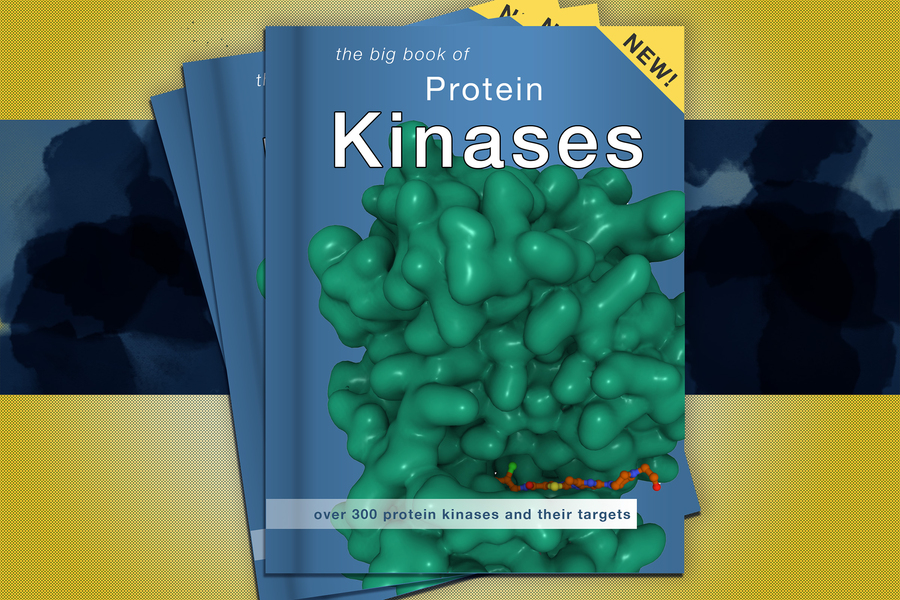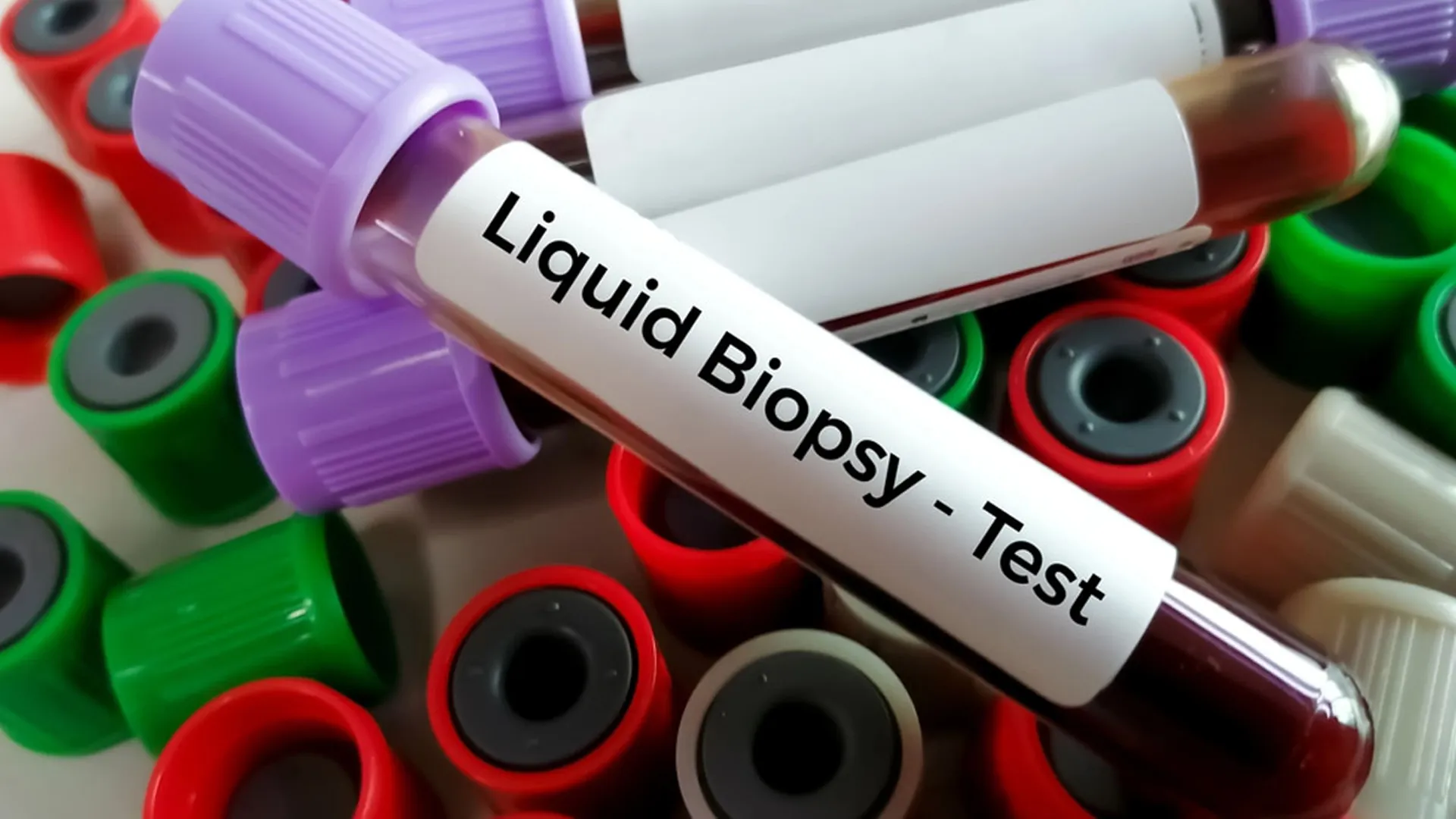More than 300 protein kinases have been uncovered in human cells, and a new atlas shows where they are located and the kinds of protein substrates they bind to. Scientists may be able to better understand cancer development and medication response by using the atlas.
Many new pharmacological targets could be discovered by identifying the protein kinases implicated in cancer formation and cellular dysfunction, but for the great majority of these kinases, researchers are unsure of which physiological pathways they are involved in or what their substrates are. “Cancer genome sequencing data are abundant, but a thorough examination of the signalling pathways and protein kinase activation states in cancer is still lacking. If we knew that knowledge, we would be considerably more equipped to decide how to treat specific cancers “Michael Yaffe, the MIT Center for Precision Cancer Medicine’s director, a member of the Koch Institute for Integrative Cancer Research, and a David H. Koch Professor of Science, claims.
Yaffe and colleagues have now compiled a thorough atlas of the more than 300 protein kinases present in human cells and determined which proteins they most likely target and regulate. With the aid of this knowledge, scientists may be able to interpret a variety of cellular signalling pathways and determine what happens to those processes when cells develop cancer or are treated with particular medications.
Lewis Cantley, a professor of cell biology at Harvard Medical School and Dana Farber Cancer Institute, and Benjamin Turk, an associate professor of pharmacology at Yale School of Medicine, are also senior authors of the paper, which appears today in Nature. The paper’s lead authors are Jared Johnson, an instructor in pharmacology at Weill Cornell Medical College, and Tomer Yaron, a graduate student at Weill Cornell Medical College.























